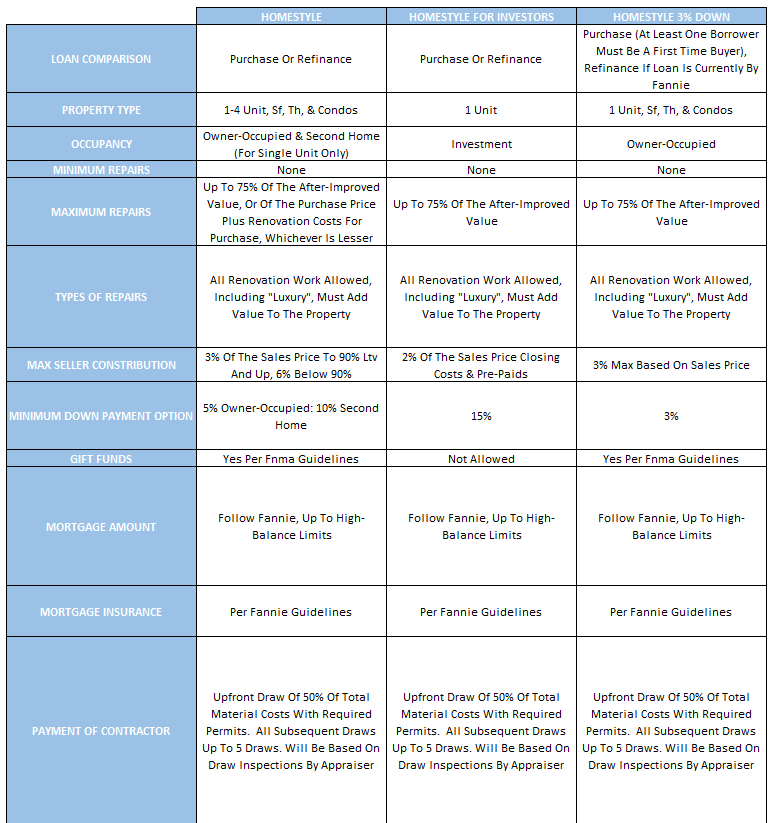
Renovation
Your renovation journey starts here. Like all journeys the first step is the most important. That step is all about planning. What do you want, what will it cost, and how much time and effort will be involved?
What are the Steps to Consider for a Renovation?
1. Determine the Purpose:
Are you renovating to improve your own quality of life?
Are you renovating to sell or rent the property at a higher price?
Are there essential repairs needed?
2. Set a Budget:
Include all costs: labor, materials, permits, etc.
Add a contingency fund (usually 10-20% of the total budget) for unforeseen expenses.
3. Prioritize Projects:
Which renovations are most urgent or will provide the biggest return on investment?
Prioritize based on your budget, desired outcome, and current condition of the property.
4. Plan and Design:
Do preliminary research: Read magazines, visit showrooms, or look online for inspiration.
Consider hiring a professional, such as an architect or interior designer, to help with detailed plans.
Use software or apps that allow you to visualize changes.
5. Check Legalities:
Investigate local zoning laws and regulations.
Secure necessary permits. Some municipalities require permits for even small changes, especially structural ones.
6. Hire Contractors:
Get recommendations from friends, neighbors, or local home improvement stores.
Always get multiple bids.
Check references and past work.
Get everything in writing: costs, scope of work, timelines, etc.
7. Prepare for Disruption:
Depending on the scale of your renovation, you might need to consider temporary housing.
Move or cover furniture and other valuables.
Set up a temporary kitchen or bathroom if needed.
8. Manage the Project:
Stay involved. Regularly check on the project’s progress and communicate with contractors.
Track expenses and compare them with the budget.
Ensure all changes or additional costs are documented.
9. Inspect the Work:
Regularly inspect work for quality.
Address any concerns immediately.
10. Finish and Decorate:
Once structural and functional works are complete, start with interior decorations.
Paint, furnish, and accessorize.
11. Final Walkthrough:
Before making the final payment, do a walkthrough with your contractor.
Ensure all work is complete and meets agreed-upon standards.
12. Maintain Records:
Keep a file of all contracts, receipts, permits, and correspondence related to the renovation.
This is especially helpful for warranty issues or if you plan to sell in the future.
Tips:
Safety First: Ensure that the worksite is safe. Use safety gear and ensure electrical and plumbing work is done professionally to prevent hazards.
Communication: Regularly communicate with your contractor to ensure the project stays on track.
Flexibility: Renovations often come with surprises, especially in older homes. Be prepared for the project to take longer or cost more than initially expected.
Remember, while renovations can be stressful, the end result—a home tailored to your needs and tastes—is often worth the effort!
FHA 203k Standard Allowable Repairs
Eligible improvement types include, but are not limited to:
Converting a one-family Structure to a two-, three- or four-family Structure.
Decreasing an existing multi-unit Structure to a one- to four-family Structure.
Reconstructing a Structure that has been or will be demolished, provided the complete existing foundation system is not affected and will still be used.
Repairing, reconstructing, or elevating an existing foundation where the Structure will not be demolished.
Purchasing an existing Structure on another site, moving it onto a new foundation and repairing/renovating it.
Making structural alterations such as the repair or replacement of structural damage, additions to the Structure, and finished attics and/or basements.
Rehabilitating, improving, or constructing a garage.
Eliminating health and safety hazards that would violate HUD’s Minimum Property Requirements (MPR).
Installing or repairing wells and/or septic systems.
Connecting to public water and sewage systems.
Repairing/replacing plumbing, heating, AC and electrical systems.
Making changes for improved functions and modernization.
Making changes for aesthetic appeal.
Repairing or adding roofing, gutters, and downspouts.
Making energy conservation improvements.
Creating accessibility for persons with disabilities.
Installing or repairing fences, walkways, and driveways.
Installing a new refrigerator, cooktop, oven, dishwasher, built-in microwave oven, and washer/dryer.
Repairing or removing an in-ground swimming pool.
Installing smoke detectors.
Making site improvements.
Landscaping.
Installing or repairing exterior decks, patios, and porches.
Constructing a windstorm shelter
Covering lead-based paint stabilization costs if the Structure was built before 1978, in accordance with the Single-Family mortgage insurance lead-based paint rule (24 CFR 200.805 and 200.810(c)) and the U.S. Environmental Protection Agency’s (EPA) Renovation, Repair, and Painting Rule (40 CFR 745, especially subparts E and Q).
Conventional Homestyle (Fannie Mae) Allowable Repairs
Eligible improvement types include, but are not limited to:
Most repairs are permitted if permanently affixed to the property
FNMA does not allow tear downs; they also do not allow appliances unless apart of a full kitchen/laundry room renovation



